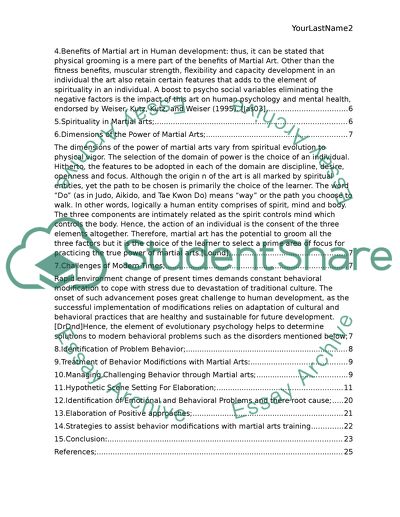Cite this document
(“Behavior Modification related to Old Habit Change and New Habit Research Paper”, n.d.)
Retrieved de https://studentshare.org/military/1392799-behavior-modification-related-to-old-habit-change
Retrieved de https://studentshare.org/military/1392799-behavior-modification-related-to-old-habit-change
(Behavior Modification Related to Old Habit Change and New Habit Research Paper)
https://studentshare.org/military/1392799-behavior-modification-related-to-old-habit-change.
https://studentshare.org/military/1392799-behavior-modification-related-to-old-habit-change.
“Behavior Modification Related to Old Habit Change and New Habit Research Paper”, n.d. https://studentshare.org/military/1392799-behavior-modification-related-to-old-habit-change.


